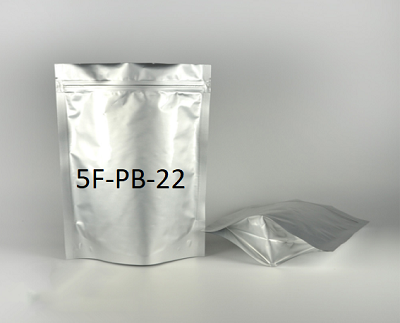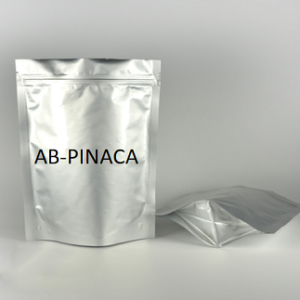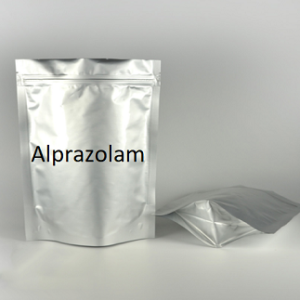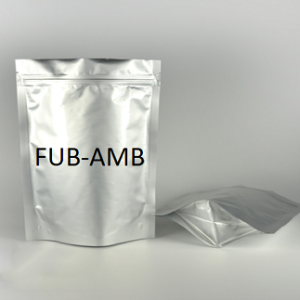Description
One step to purchase 5F-PB-22 online
5f-pb-22 (1-pentyfluoro-1h-indole-3-carboxylic acid 8-quinolinyl ester) is a synthetic cannabinoid and agonist of the cannabinoid receptors which produces predominantly sedating subjective effects somewhat similar to that of cannabis. there is very little information regarding the pharmacology of this compound within the scientific literature. despite this, however, it has been sold as a grey area research chemical through online vendors.
cannabinoids are commonly smoked or vaporized to achieve a quick onset of effects and rapid offset. 5f-pb-22 is orally active when dissolved in a lipid, which can increase the duration significantly. like other cannabinoids, it is insoluble in water but dissolves in ethanol and lipids.
unlike cannabis, the chronic abuse of synthetic cannabinoids has been associated with multiple deaths and more dangerous side effects and toxicity in general. five deaths have been associated with the use of 5f-pb-22 in the united states. therefore, it is strongly discouraged to take this substance for extended periods of time or in excessive doses.
Chemistry
5f-pb-22, or quinolin-8-yl 1-pentyfluoro-1h-indole-3-8-carboxylate, is a synthetic indole cannabinoid as it contains a substituted core indole structure. this indole core is shared with other cannabinoid substances including pb-22, jwh-018, and am2201. 5f-pb-22 is an ether with formula r-o-r’, which can be understood as a substance with two sub-units joined through an oxygen bridge. the indole group of 5f-pb-22 is substituted at r5 with a fluoropentyl chain, a substitution shared with 5f-akb48. additionally, the indole core is substituted at r3 with a carboxylic acid group. the terminal oxygen of this carboxylic acid is bonded through an ether bond to a quinoline group at location r8 of the heterocycle.
Pharmacology
Although this substance has not been formally studied, from analysis of the structure, it is presumed that 5f-pb-22 has a similar binding profile to that of other cannabinoids and matches many of the in vivo properties of δ9-thc. however, the role of these interactions and how they result in the cannabinoid high experience continues to remain elusive.





Reviews
There are no reviews yet.